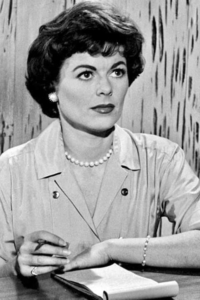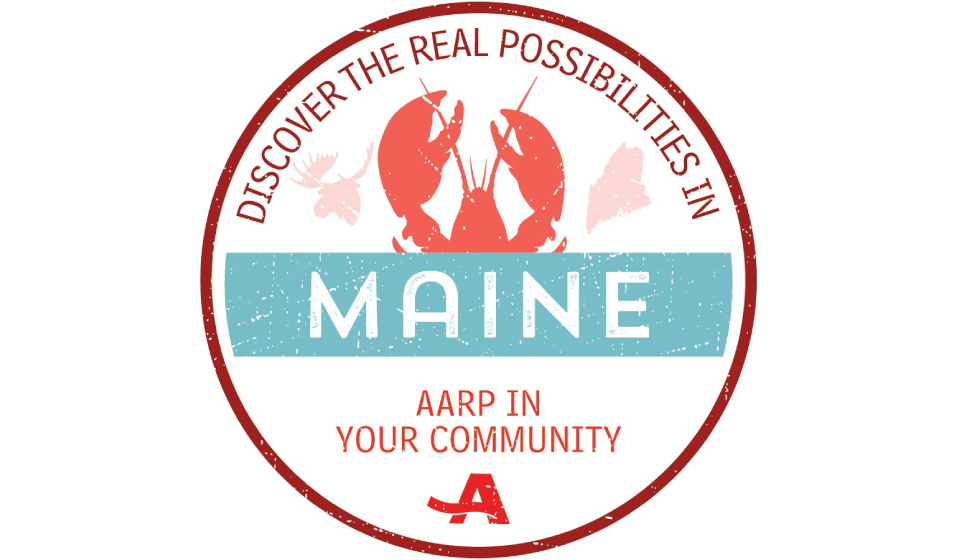
American robin
I think I have some good news.
It all started last Saturday about the time I was ready for my second cup of coffee of the morning. The Keurig is located at the end of the kitchen counter near the window to the side porch. My wife has a couple of bird feeders hanging from the porch, and many species are seen coming in and out on a regular basis – chickadees, nuthatches, house finch, gold finch – you know the usual suspects.
Well, on that certain morning something caught my attention from the corner of my eye. There seemed to be a lot of activity coming from the driveway. My first thought: a squirrel was shaking things up.
A closer look showed maybe a dozen or two of birds active in and around a choke cherry bush that grows next to my garage. They were on the bush, on the ground, and even on my next door neighbor’s lawn.
At first glance, because the sun was in my eyes and all I saw were silhouettes, I thought they were European starlings, which I see all the time, especially in my back yard among the shrubs and black raspberry bushes that grow along the fence. It took a little while, but I finally discerned the birds were all American robins. Very unusual to see that many in the same place at the same time. I usually see a couple hanging around, but never that large a number of them.
What I have discovered is that American robins are social birds, especially during the winter, when they gather in large night roosts. During short winter days, smaller groups break off to forage for food, rejoining the roost in the evening.
This species has a wide-ranging diet. Robins feed on fruits and berries (especially in fall and winter), earthworms, snails, spiders, and insects such as grubs, caterpillars, and grasshoppers. Most people are familiar with the sight of American Robins hopping busily to and fro on lawns and in other open spaces, pulling up earthworms. Although they mainly glean food from the ground, robins also perch in trees while feeding on fruit and can catch flying insects in midair.
American robins, Turdus migratorius, are fairly large songbirds with a large, round body, long legs, and fairly long tail. Robins are the largest of the North American thrushes, and their profile offers a good chance to learn the basic shape of most thrushes. Robins make a good reference point for comparing the size and shape of other birds, too.
Since American Robins forage and feed on the ground, they are especially vulnerable to predation by outdoor cats. Collisions with windows, communications towers, and car strikes are other common hazards.
The American robin is a migratory songbird of the true thrush genus. It is named after the European robin because of its reddish-orange breast, though the two species are not closely related, with the European robin belonging to the Old World flycatcher family. The American robin is widely distributed throughout North America, wintering from southern Canada to central Mexico and along the Pacific Coast. It is the state bird of Connecticut, Michigan, and Wisconsin.
According to the Partners in Flight database (2019), the American robin is the most abundant bird in North America (370,000,000), ahead of Red-winged blackbirds, introduced European starlings, Mourning doves and the not-always-naturally-occurring House finch)
The adult robin’s main predators are hawks, domestic cats, and snakes. When feeding in flocks, it can be vigilant, watching other birds for reactions to predators.
Migratory populations spend the winter from extreme southern Canada south to central Mexico. Although originally a bird of forest clearings, this species adapted particularly well to the widespread settlement and clearing of forest and grassland that occurred over the last few centuries.
The American robin is considered a symbol of spring. A well-known example is a poem by Emily Dickinson titled I Dreaded That First Robin So. Among other 19th-century poems about the first robin of spring is The First Robin, by Dr. William H. Drummond, which, according to the author’s wife, is based on a Québec superstition that whoever sees the first robin of spring will have good luck. The association has continued down to the present day, as, for example, in one Calvin and Hobbes cartoon from 1990 that had Calvin celebrating his inevitable wealth and fame after seeing the first robin of spring. The spring folklore is borne out by the fact that American robins tend to follow the 37°F temperature north in spring, but also south in fall.
American popular songs featuring this bird include When the Red, Red Robin (Comes Bob, Bob, Bobbin’ Along), written by Harry M. Woods, and a hit for Al Jolson and others, and Rockin’ Robin, written by Roger Thomas and a hit for Bobby Day and others. Fly, Robin, Fly, by the German disco group Silver Convention, was a popular hit in the 1970s.
Although the comic book superhero Robin was inspired by an N. C. Wyeth illustration of Robin Hood, a later version had his mother nicknaming him Robin because he was born on the first day of spring. His red shirt suggests the bird’s red breast.
So, getting back to the good news.
It’s always been a folklore that robins migrate south for the winter, and their first re-appearance north in late winter indicates how much longer it will last and that spring is near. But does the robin migrate south for the winter? The answer: yes and no.
We associate robins with spring for good reason: In many places, they arrive with the warm weather. But that doesn’t mean all of these birds escape winter’s bite.
Unlike long-distance migrants and many hummingbirds, which head south en masse during the fall, robins react to winter’s onset in two ways.
Many retreat southward. Northern Canada empties of robins, while areas far to the south like Texas and Florida receive large winter flocks. But those making the journey are not lured by warmer temperatures. Robins can withstand extremely cold temperatures, adding warm, downy feathers to their plumage. The real motivation is food, or rather the lack of it. As their warm-weather diet of earthworms and insects wanes, robins begin searching for fresh supplies.
But declining invertebrate numbers aren’t a problem for all robins — and a good number stay up north, which is the second way robins react to winter. They have been observed in every U.S. state (except Hawaii) and all southern Canadian provinces in January. They’re able to remain thanks to several important adaptations.
First, they change their diet, transitioning from protein-rich invertebrates to vitamin-rich winter fruits and berries, including junipers, hollies, crabapples, and hawthorns.
They also begin moving. In the spring and summer, robins aggressively defend their territories and raise young. In the winter, they become nomadic, searching widely for their favorite cold-weather fare. Weather also influences robin movements. A heavy snowfall that persists for more than a few days may send them on their way, searching for better conditions.
Since I haven’t seen that flock since, I assume they have moved on. But, on the other hand, spring can’t be too far off.
Roland’s trivia question of the week:
There are only two states in the United States that have yet to send a team to the NCAA men’s basketball tournament. What are they?
Answer can be found here.
 by Marilyn Rogers-Bull & Percy
by Marilyn Rogers-Bull & Percy




 The Town Line presents the STUDENT WRITERS PROGRAM
The Town Line presents the STUDENT WRITERS PROGRAM





 by Pam Partridge
by Pam Partridge


